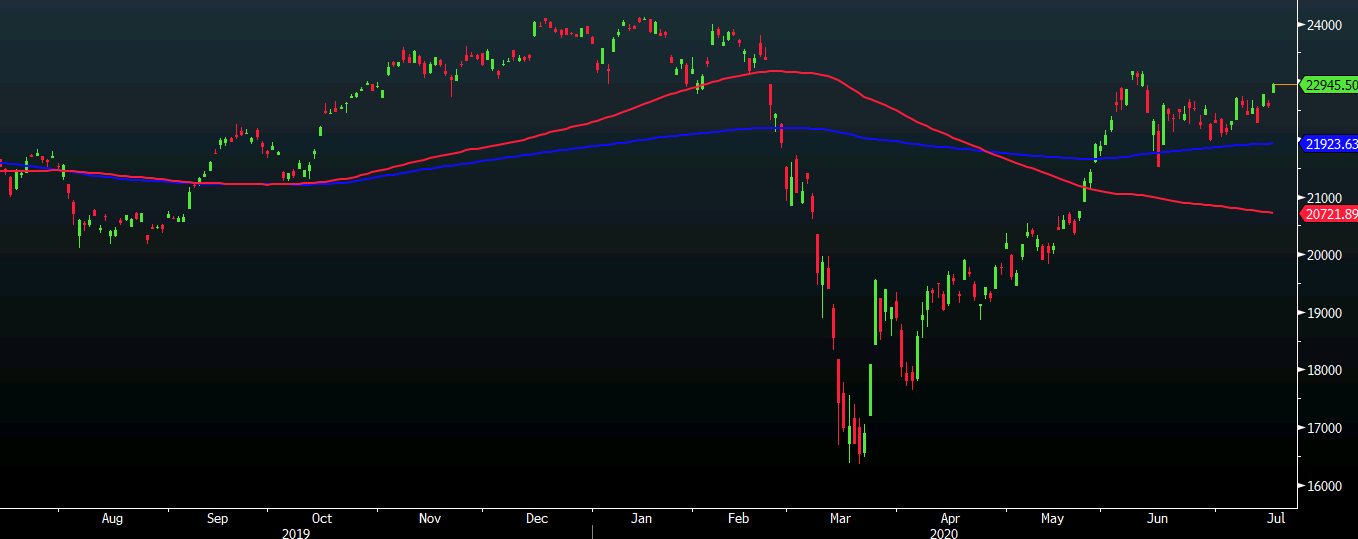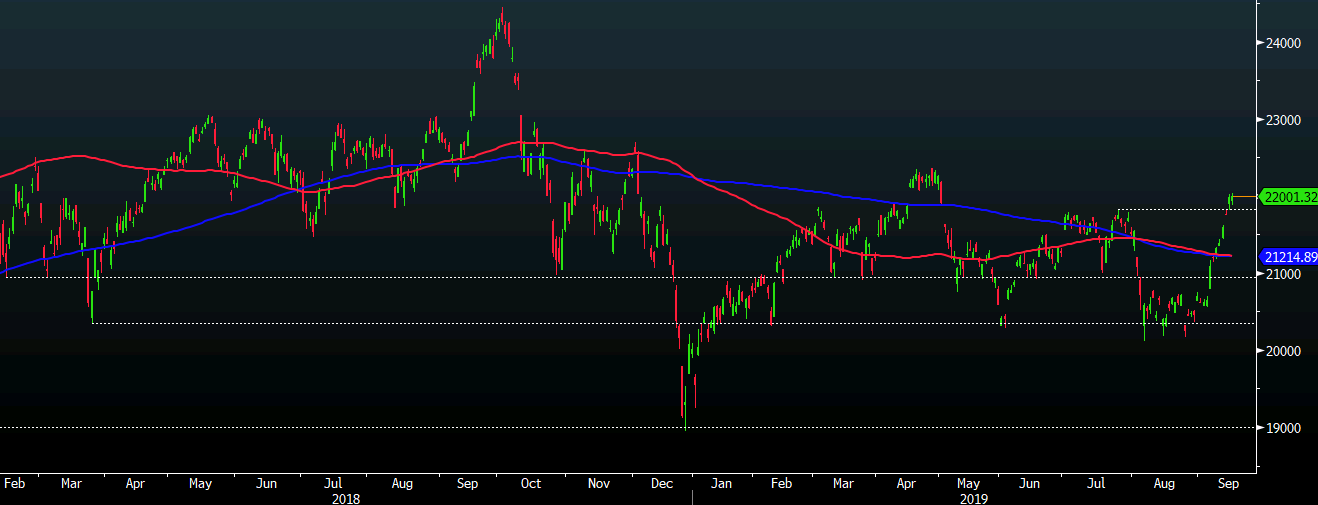For practitioners of Schadenfreude, seeing high-profile investors losing their shirts is always amusing.
But for the true connoisseur, the finest expression of the art comes when a high-profile investor identifies a bubble, perhaps even makes money out of it, exits in time – and then gets sucked back in only to lose everything in the resultant bust.
An early example is the case of Sir Isaac Newton and the South Sea Company, which was established in the early 18th Century and granted a monopoly on trade in the South Seas in exchange for assuming England’s war debt.
Investors warmed to the appeal of this monopoly and the company’s shares began their rise.
Britain’s most celebrated scientist was not immune to the monetary charms of the South Sea Company, and in early 1720 he profited handsomely from his stake. Having cashed in his chips, he then watched with some perturbation as stock in the company continued to rise.
In the words of Lord Overstone, no warning on earth can save people determined to grow suddenly rich.
Newton went on to repurchase a good deal more South Sea Company shares at more than three times the price of his original stake, and then proceeded to lose £20,000 (which, in 1720, amounted to almost all his life savings).
This prompted him to add, allegedly, that “I can calculate the movement of stars, but not the madness of men.”
 (more…)
(more…)






 1. never EVER add to a losing position. EVER! If it’s not working, why add good money to bad? At this point, you are in damage control mode. It’s another thing if you are trying to pyramid into a position. For example: You go into a trade with 1/3 size, add another 1/3 and add the final 1/3 in an attempt to build a full position in a stock you feel strongly about. I do not mind that. But adding money to a full position which is not working is a BIG NO in my book! You never want any ONE trade to ruin your entire week or month folks. DISCIPLINE!
1. never EVER add to a losing position. EVER! If it’s not working, why add good money to bad? At this point, you are in damage control mode. It’s another thing if you are trying to pyramid into a position. For example: You go into a trade with 1/3 size, add another 1/3 and add the final 1/3 in an attempt to build a full position in a stock you feel strongly about. I do not mind that. But adding money to a full position which is not working is a BIG NO in my book! You never want any ONE trade to ruin your entire week or month folks. DISCIPLINE! Now, you ask, what does this have to do with stock and options trading? Just as in every day life and in the case of CFIT, stock and options traders must remain focused on the current trade or risk opening themselves up to any number of mistakes. These mistakes can include (but are in no way limited to)the following:
Now, you ask, what does this have to do with stock and options trading? Just as in every day life and in the case of CFIT, stock and options traders must remain focused on the current trade or risk opening themselves up to any number of mistakes. These mistakes can include (but are in no way limited to)the following: A planned trade is one that is guided consciously, filtered according to a variety of criteria that are designed to provide a positive expectancy. The opposite of a planned trade is an impulsive one, in which traders enter markets before explicitly identifying what they are doing and why. The difference between planned and unplanned trading is one of intentionality: being proactive in taking controlled risks vs. being reactive to what has already occurred in markets. Even the most intuitive and active trader can trade in a planned manner, if many of the elements of planning are achieved prior to entering positions.
A planned trade is one that is guided consciously, filtered according to a variety of criteria that are designed to provide a positive expectancy. The opposite of a planned trade is an impulsive one, in which traders enter markets before explicitly identifying what they are doing and why. The difference between planned and unplanned trading is one of intentionality: being proactive in taking controlled risks vs. being reactive to what has already occurred in markets. Even the most intuitive and active trader can trade in a planned manner, if many of the elements of planning are achieved prior to entering positions.